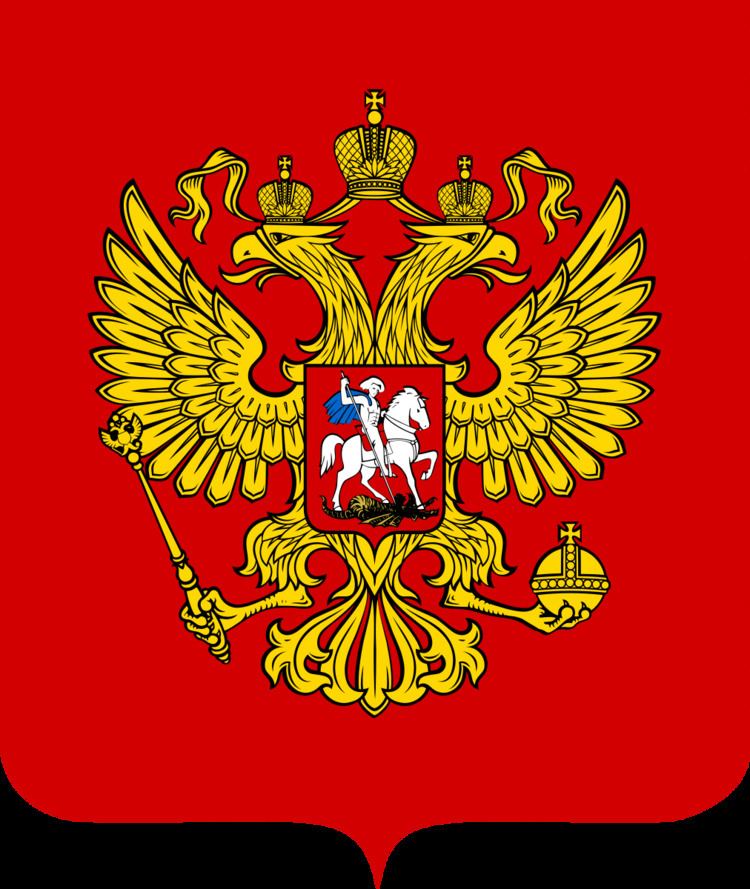 | ||
The mineral industry of Russia is one of the world's leading mineral industries and accounts for a large percentage of the Commonwealth of Independent States' production of a range of mineral products, including metals, industrial minerals, and mineral fuels. In 2005, Russia ranked among the leading world producers or was a significant producer of a vast range of mineral commodities, including aluminum, arsenic, cement, copper, magnesium compounds and metals, nitrogen, palladium, silicon, and vanadium.
Contents
In 2005, the Russian economy benefited significantly from high oil, gas, and metal prices. Oil revenues accounted for about 14% of the GDP. Following the mineral fuel industry, the next leading branch of the mineral industry, in terms of its contribution to the national economy was the metallurgical sector, which contributed 19% of the value of industrial production, accounted for 11.1% of the value of industrial capital stock, and employed 9.3% of the industrial labor force. In 2005, a total of 1,071,000 people were employed in the mineral extraction sector and made up 1.6% of the country's labor force. Investment in mineral extraction and metallurgy accounted for about 20% of total investment in the Russian economy.
Legal framework
A new subsoil law was under discussion as of 2005. The previous law of 1992, as amended, does not impose any special restrictions on companies with foreign participation, with the exception of diamond and radioactive materials, but this appeared likely to change to the disadvantage of foreign companies, especially those interested in investing in large or strategic deposits, such as the Udokan copper deposit or the Sukhoi Log gold deposit.
The list of federal deposits was prepared by the Federal Agency for Natural Resources in August 2008 and consists of 985 overland deposits, including 163 hydrocarbon fields. The current Russian legislation lists deposits as having federal or strategic significance if they contain reserves of uranium, diamonds, especially pure quartz raw materials, nickel, beryllium, tantalum, lithium, niobium and platinum metals. These deposits also include fields with recoverable reserves of over 70 million tons of oil, 50 billion cubic metes of natural gas, 50 tons of vein gold, 500,000 tons of copper.
Production
In 2005, the value of mining and quarrying production, including extraction of mineral fuels, increased by 1.3% compared with that of 2004; when mineral fuels are excluded, it fell by 3.2%.
Structure
Production in the mineral sector was highly concentrated as of 2005. For more than 10 minerals, the majority of production was conducted by one company. Gazprom controlled almost the entire production of natural gas in Russia, Norilsk Nickel Mining and Metallurgical Company (MMC) produced more than 90% of Russian nickel and platinum-group metals (PGM), and ALROSA Company Ltd. produced almost all the country’s diamond. The Ministry of Natural Resources reported that the copper and other mineral industries also are highly concentrated, but that the situation is better for coal and alluvial gold. Despite this concentration, Russian metallurgical and mining companies were medium-sized compared with those in other countries; in the steel sector, Russian producers are generally smaller than their international counterparts.
Trade
The value of mineral exports to the Russian economy has been increasing in recent years; and, in 2005, the minerals sector accounted for more than 70% of the value of exports. Mineral fuels were by far the leading category of exports in terms of value. In 2005, mineral products accounted for about 12% of the total value of imports, of which metals imported from both inside and outside the CIS accounted for more than 70%.
